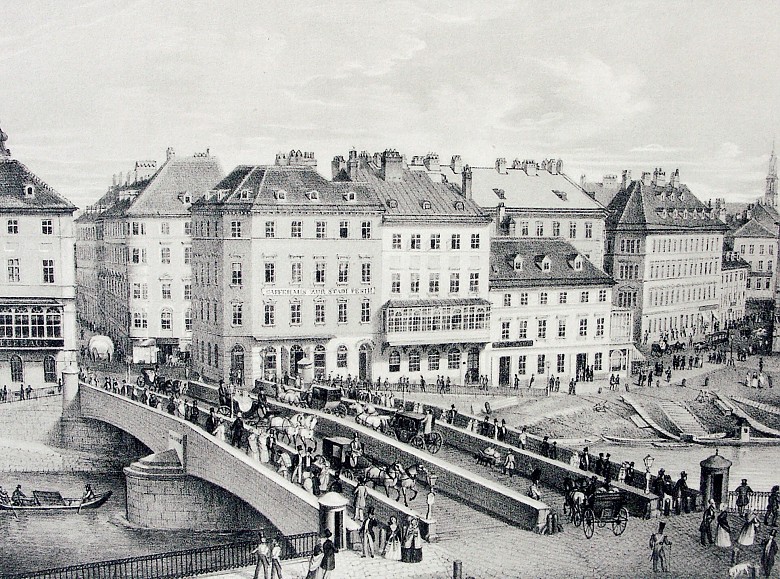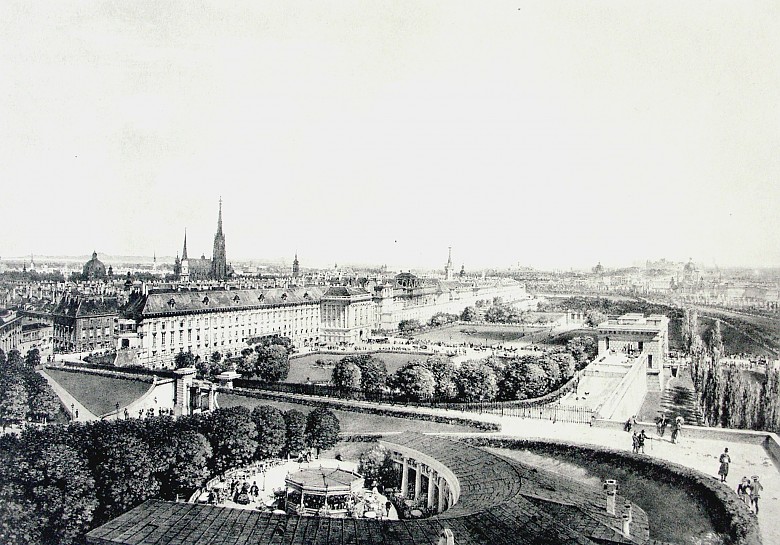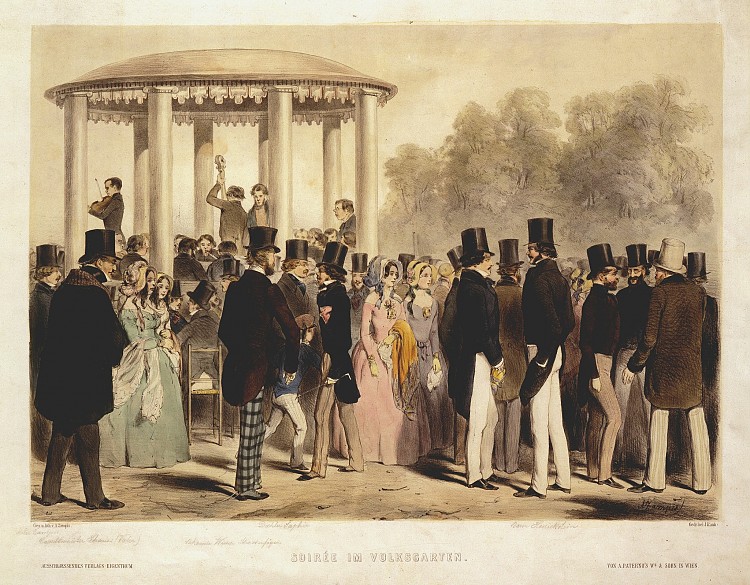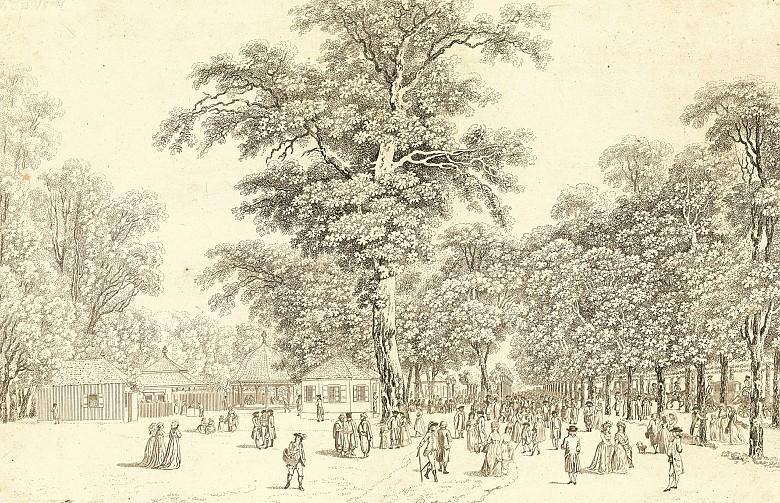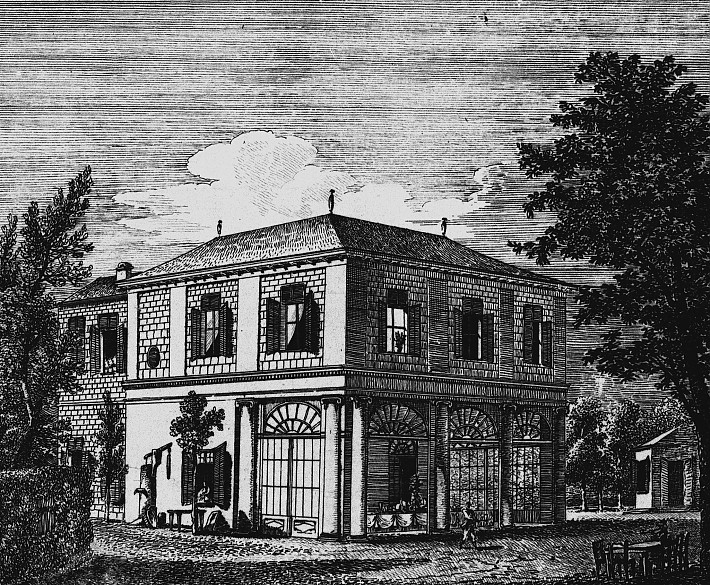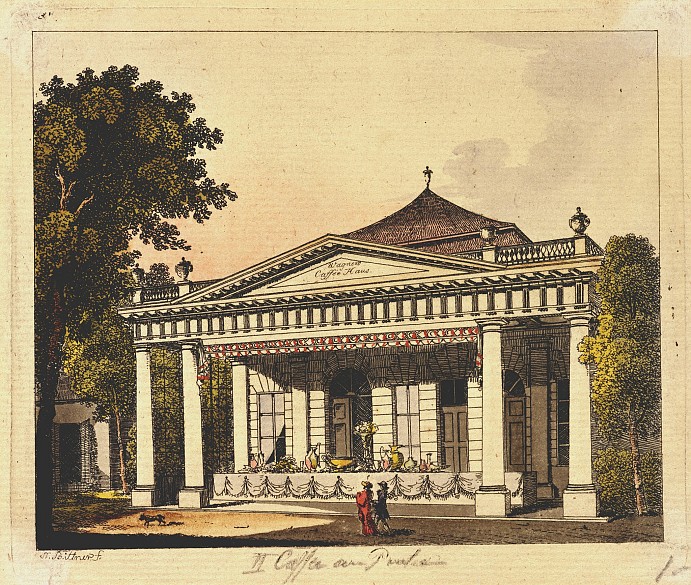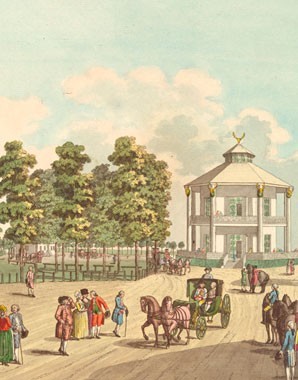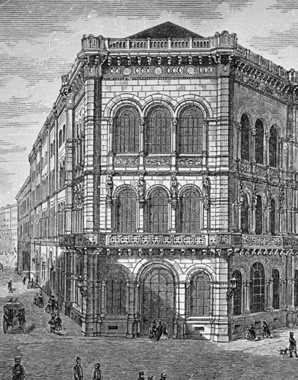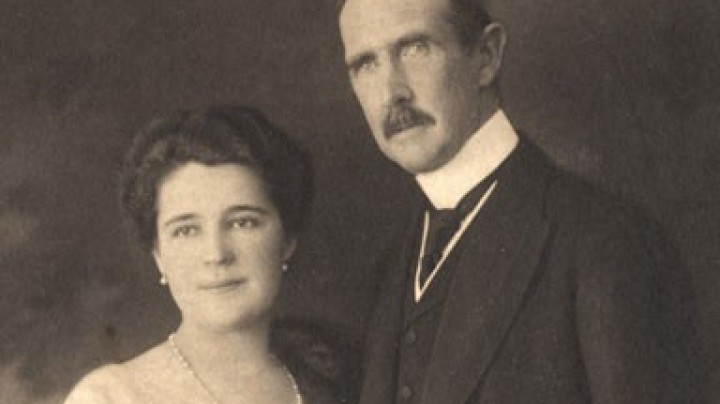The Viennese coffee house
The first ‘Viennese’ coffee house was allegedly founded by an Armenian in 1685. Over the following centuries the coffee house became a Viennese institution.
By the eighteenth century citizens could meet up at wine cellars or beer and coffee houses on Kohlmarkt and Graben to drink coffee, play billiards and converse, and in some establishments they could also smoke. By 1790 there were already 70 coffee houses in Vienna. They took on a central role in urban society – men went to a café to be entertained, to debate and discuss, and to play cards. In the expanding metropolis it offered a relatively stable clientele and the chance to escape cramped living conditions. For a long time they were the preserve of men; women were only permitted to sit in the coffee house gardens. During the Biedermeier era all social classes frequented the coffee houses, and different kinds of coffee house for different demands emerged. From the end of the eighteenth century music was provided in the summer coffee houses, which were mostly branches of established inner-city coffee houses. The coffee house gardens offered regular concerts in a pleasant setting with fine views.
In return for supplying political information, the Italian Pietro Corti had been granted permission to establish a coffee house in the Paradeisgartl (pleasance) near the Hofburg on the part of the city fortifications known as the Löwelbastei. In 1820 he opened another café in the Volksgarten, designed by Peter Nobiles. Here Joseph Lanner and Johann Strauss I gave concerts, mainly to audiences composed of the nobility and wealthy middle classes. From 1840 there were regular summer soirées. The Volksgarten newssheet reported that ‘the elegant world’ appeared in this coffee house ‘in order to see and be seen, and to revive themselves in the cool of evening with a drink of coffee or other varied refreshments’.
The three coffee houses in the Prater were especially popular, in particular for their musical performances.
